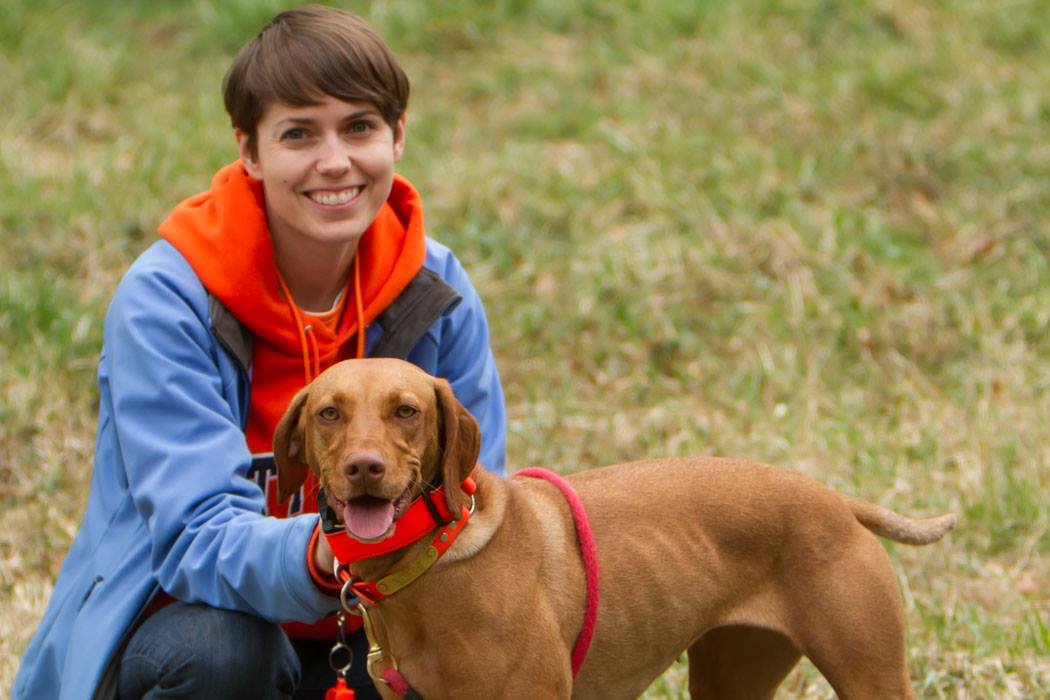I have learned A LOT after being in the bird dog world for about five years now. I thought I’d compile a list of things that might be helpful to people looking into getting into hunting dog competitions or training a bird dog for hunting.
You Need A Lot of Birds
When I was first looking into training Zara for advanced pointing dog competitions, I read some articles that said something along the lines of “you need a lot of birds to train a bird dog.” As someone who was brand new to this world, this scared me. How many birds did they mean? One hundred? One thousand? Where was I going to get all these birds? At the time, I was struggling to find a place to train Zara, as I mentioned in a previous post. Since then, I’ve come to realize that yes, you do need a lot of birds, but you don’t need them all at once. It’s not something to be scared about. It does take time for dogs to learn, especially if you are training for the more advanced levels of steadiness and retrieving. Consistent exposure to birds over a period of months or years is ideal. Having access to homing pigeons is helpful, because the birds can be used over and over, in combination with electronic launchers. But you’ll certainly want to have access to pen-raised or wild quail, chukar, or pheasant, too.
Bird Dogs Are Not Cheap, But Take It Slow
As I’ve said before, dogs in general are not cheap. Bird dogs are definitely not cheap! However, don’t feel like you need to rush out and buy a bunch of fancy equipment as soon as you get a puppy. When I did the Junior Hunter tests with Zara, the only bird dog specific item I owned was a whistle. That’s it. I didn’t own a blaze orange vest, check cord, flash collar, or starter pistol. My breeder let me borrow her starter pistol and flash collar for the JH tests. After that, I gradually acquired more equipment over time as I got more involved in training Zara. Spreading the cost out helps a lot.
“Whoa” is Not Everything
I don’t know where I got the idea that the word “whoa” was the end all, be all of bird dog training. But somewhere along the lines, in 2016 or 2017, I absorbed this and didn’t learn otherwise until right before our first go at the Utility test in 2019.
I used to think that after a dog went on point, the handler gave a “whoa” command, and that was supposed to keep the dog steady through the flush/shot/fall sequence. I didn’t realize in the advanced levels of testing, you’re not supposed to say anything at all. “Whoa” is implied. It is certainly a useful command, but don’t overuse it.
There’s A Lot You Can Do Without Birds
Handling a dog in hunt tests, field trials, or hunting scenarios requires a lot of training and obedience that can be accomplished in your backyard. Recall, listening skills, heeling, retrieving, and the beginnings of whoa training can and should all be taught without birds around. I’ve found that short daily (or several times a week) training sessions work well to teach things like retrieving. Heeling is something I now practice everywhere we go – on trails, in the neighborhood, in stores. So don’t be disappointed if you only have access to birds once a month or so, there’s plenty of work to be done in the meantime.
When I taught Zara to retrieve, I spent a lot of time throwing bumpers and other objects around my yard. This can be done basically anywhere, even inside.
It’s Difficult to Do On Your Own
A lot of the time when I’m training Zara, I’m training by myself. That is how I started too, before I discovered NAVHDA. You can do a lot on your own. But at some point, it will be much easier to train with other people just to have an extra set of hands. Fieldwork is something that can be more easily done by yourself. But if you do get involved in training for NAVHDA’s Utility Test, or test/trials that involve backing, you will definitely need someone else there. This is one of the reasons I think NAVHDA chapters have such a strong community – you spend a lot of time training together.
You Can Start Late, But It Will Be A Lot Harder
Since we didn’t get a vizsla for hunting or hunting competitions, Zara did not have her first bird exposure until she was 15 months old. Her breeder did do a brief intro with a pigeon when the puppies were seven or eight weeks old, but Zara did not show any particular aptitude at that point. By the time she was two years old, she showed a lot of natural ability at her Junior Hunter tests. But we didn’t really get started into serious steadiness and retrieve training until she was four years old. Because of the late start, it has taken more time to get Zara where I want her to be. But that doesn’t mean it’s impossible. She just turned seven, and we’re finally in a good spot. Obviously part of training her has been the learning curve that I’ve had to deal with for myself. If I was an experienced trainer and she was not my first bird dog, I’m sure it would have gone a little faster.
Genetics Go A Long Way
Zara’s genetics have been our saving grace through this whole journey. They are what made the late start work out. They are also what got me into this in the first place. If she hadn’t shown such an aptitude for hunting when we ran the JH tests, I doubt I would have pursued anything beyond that level. So if you own a bird dog from a reputable breeder with proven hunting lines, you’re going to be much better off than someone who gets a dog that doesn’t have that in their lines. I think it’s probably hard to teach a lot of those characteristics that come naturally to well-bred bird dogs: things like search, an intense point, and a desire to work and hunt for game.
You Don’t Need to Own A Gun
I literally just bought my first shotgun three weeks ago. Before that, I had shot a gun once. Part of the reason I initially wanted to do field trials with Zara was because most field trials don’t involve shooting birds. Only blank pistols are used. To be honest, guns kind of scared me. I was also uncomfortable about the idea of shooting birds myself. After joining NAVHDA, I gradually got more comfortable being around experienced gunners and began to appreciate the opportunity for Zara to retrieve birds.
If you’re just getting into the game, you certainly don’t need to be able to shoot birds yourself as long as you have willing training partners who can help you out (see “It’s Difficult to Do On Your Own” above.)
Training Your Dog Yourself is Very Rewarding
I never set out to have a vizsla capable of competing in upper level hunt tests and field trials when we first got Zara. I certainly didn’t anticipate becoming so thoroughly involved in her training. But I can tell you that training her myself has been an extremely rewarding experience. Even if there are days when I get frustrated because it seems we are taking a step back, I have to remind myself of what she was like only a few years ago. Even though we’ve had plenty of help along the way, the fact that I’ve been able to do most of it with her has been pretty awesome.
Are you just getting started training your bird dog? Or, if you have some experience, what lessons have you learned? Let me know in the comments below!



